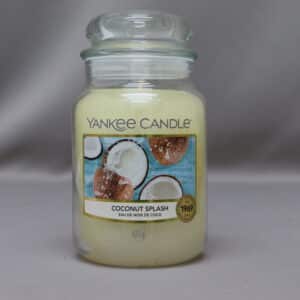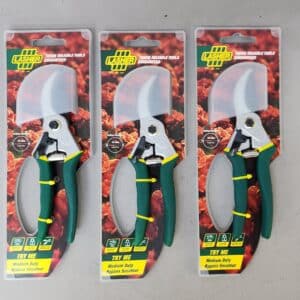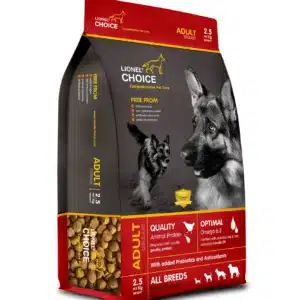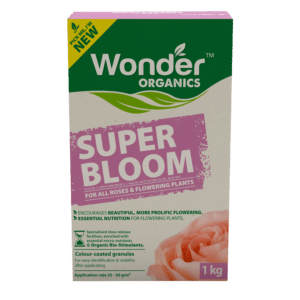How to choose the right hydrangeas for your garden
DIY and how-to
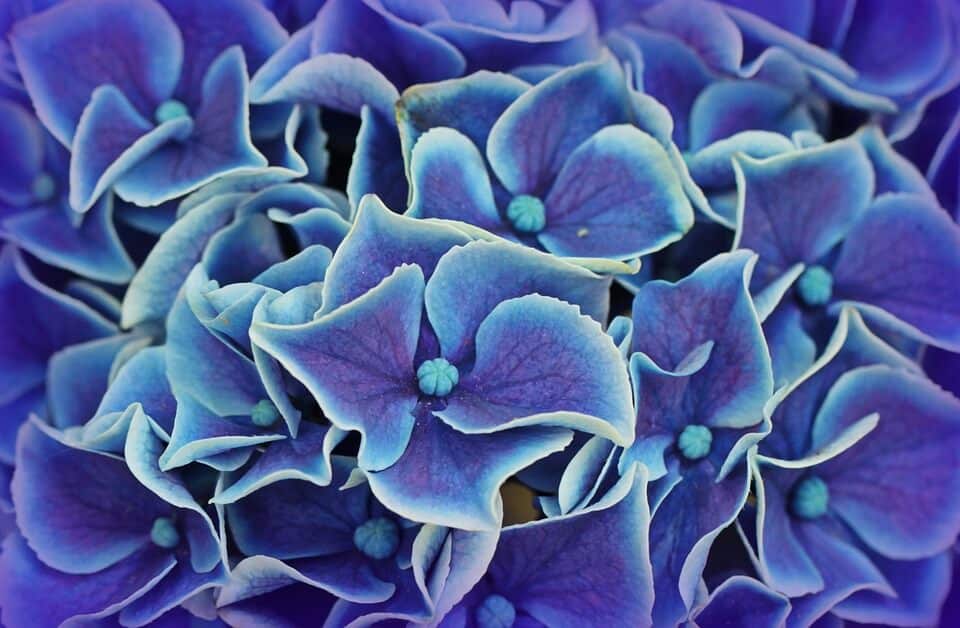
In full bloom – Hydrangeas
Hydrangeas (or Christmas roses, as they are affectionately referred to in South Africa) are native to Asia and America, but they grow well in almost all parts of South Africa, from our coastal areas to the interior. The word hydrangea comes from the Greek “hydr-” (meaning water) and “angeion” (meaning jar or vessel) – so roughly translated hydrangea means “water container”, which is possibly a reference to the large amount of water that this plant requires in order to thrive. Most hydrangeas flower during summer and autumn and fare best when planted in partial shade.
How to choose the right hydrangeas for your garden :
Hydrangea is a large plant genus which consists of over 80 different species, including deciduous and evergreen shrubs and climbers. The most common species which are grown in South African gardens are Hydrangea macrophylla, Hydrangea arborescens, Hydrangea paniculata, Hydrangea quercifolia and Hydrangea serrata.
- Hydrangea macrophylla is the most popularly grown hydrangea in South Africa. It occurs in two forms – the mophead hydrangea and the lacecap hydrangea. Mopheads form large pom-pom shaped balls of flowers, while lacecap hydrangeas are round and flat with tiny flowers in the centre, surrounded by showy flowers on the outside. H. macrophylla can be blue, pink, or any shade in between, depending on the acidity of the soil they are planted in (See “Colour by numbers”).
- Hydrangea arborescens (sometimes referred to as the ‘wild hydrangea’) bears small white to green coloured flowers. It is also referred to as “sevenbark” due to the fact that the stem of this variety tends to peel off in layers leaving various different shades of bark on the stem. The most popular variety of H. arborescens is ‘Annabelle’.
- Hydrangea paniculata is the giant of the hydrangea genus. If well cared for, it will grow into a large shrub about 3m tall. The flowers on many H. paniculata varieties change in colour throughout the flowering season.
- Hydrangea quercifolia (also known as the oak leaf hydrangea, due to the appearance of its leaves) grows best in inland gardens in South Africa. It bears pretty white flowers in the summer, followed by beautiful foliage in autumn – the leaves turn deep shades of orange and red.
- Hydrangea serrata is closely related to H. macrophylla, but it is smaller and finer than its popular cousin. It is also hardier than H. macrophylla.
Where to plant hydrangeas?
Most hydrangeas fare best when planted in dappled or partial shade. They will grow well under trees and along the west side of your home, where they are protected from the midday sun. Many hydrangea species hail from the coastal areas of Japan, so they cope well in coastal gardens, provided they are given some protection from the wind. Good companion plants for hydrangeas are shade-loving azaleas and magnolias.
If you are aiming for a strong blue colour, avoid planting hydrangeas close to a concrete wall or foundation as this can leach lime into the soil, making it difficult to obtain a true blue colour.
Colour your hydrangeas by number :
The colour of hydrangea flowers is determined by the pH level of the soil. Acidic soil (pH of less than 5.5) will produce blue flowers, while alkaline soil (pH of higher than 5.5) produces pink blooms. You cannot change the colour of white hydrangeas.
- For blue hydrangeas : Make soil more acidic by adding acidic peat to the soil. Feed plants with 25g of aliminium sulphate dissolved in 5 litres of water at two-weekly intervals from early spring onwards. Feed with Shake n Grow Blue Hydrangea Plant Food.
- For pink hydrangeas : Make soil more alkaline by adding agricultural lime to the soil. Dust lime at the roots of the plant and water in well at two-weekly intervals from early spring onwards. Feed with Shake n Grow PinkPink Hydrangea Plant Food.
If you struggle to obtain the colour that you would like, try planting hydrangeas in pots instead. It is far easier to manage the pH level of soil in a pot than in an entire garden bed. It may also be worth checking the pH of your tap water (you can use a pool test kit to do this). The pH of the water may determine the colour that is most feasible to aim for in your garden.
Pruning hydrangeas :
Hydrangeas should be pruned twice a year – in winter and in summer, just after they have finished flowering.
The winter pruning (ideally in June or July) is the harder pruning session. Remove all the dead, old or weak stems. Prune all the remaining stems back to just above a cluster of buds. The idea is to channel all the plant’s energy into producing new flowers. After pruning, feed with hydrangea food and mulch the soil well (an acidic mulch like pine needles works well if you are aiming for blue flowers).
Summer pruning (ideally at the end of January) entails cutting off any dead flowers and removing dead or old stems. Add plenty of compost to the soil to encourage the next season’s growth and mulch well to conserve water in the soil.
First-aid for hydrangeas :
- Yellow leaves with prominent green veins is a sign of iron chlorosis (an iron deficiency). Rectify it by feeding your hydrangea with iron chelate at the recommended dosage.
- Red dots on the underside of leaves, followed by leaves turning a silvery grey colour is a sign of red spider mite infestation. Spray the affected leaves (on top and underneath) with Spidermite Spray.
- A powdery, cotton wool-like fungus on the top of leaves is a sign of powdery mildew. Spray the leaves with a fungicide like Funginex.
Why won’t my hydrangeas bloom?
It’s not uncommon for hydrangeas to produce lush foliage, but a dearth of flowers. This is often the case if hydrangeas are fed with a high nitrogen fertilliser as nitrogen stimulates leaf growth at the expense of flowers.
Hydrangeas also need enough sun and water to produce a good show of flowers, so you may need to replant them in a sunnier spot or water them more regularly to encourage flower production.
Pick of the crop for hydrangeas :
Look out for these stunning varieties at your nursery or garden centre :
- macrophylla ‘Endless Summer’ is the first ever repeat blooming H. macrophylla, flowering for at least 10 to 12 weeks longer than other varieties in this species. This variety has the ability to bloom on both the new season’s and the previous season’s growth. In warm areas it will flower for as long as six months a year. Look out for Endless Summer ‘Blue’, Endless Summer ‘Pink’ and Endless Summer ‘Blushing Bride’.
- macrophylla ‘Lady in Red’ is a white lacecap hydrangea with flowers that mature to a deep red colour toward the end of summer.
- macrophylla ‘Sweet Dreams’ is a soft pink lacecap with a generous amount of flowers per bush. It makes a very good cut flower.
- macrophylla ‘Nikko Blue’ is an easy-to-grow mophead hydrangea, which produces bright blue flowers in acidic soil. In alkaline soil flowers are lilac to light pink.
- paniculata ‘Quickfire’ PBR (Proven Winner) is an early bloomer, flowering from early summer until autumn. The flowers change from white to pinky-red during the flowering season. This variety is hardier than most and will tolerate full sun and occasional periods without water.
- serrata ‘Bluebird’ is a hardy, deciduous plant with blue to pink flowers (depending on soil acidity) in a lacecap form. It will grow well in partial shade or sun, and the foliage turns a deep red colour during autumn.
Planting Guide for hydrangeas :
| Month | Planting | Transplanting | Flowering | Pruning | Fertilising |
| January | X | X | X | ||
| February | X | X | |||
| March | X | ||||
| April | |||||
| May | |||||
| June | X | X | |||
| July | X | X | |||
| August | X | ||||
| September | X | ||||
| October | X | X | X | ||
| November | X | X | |||
| December | X | X | X |

